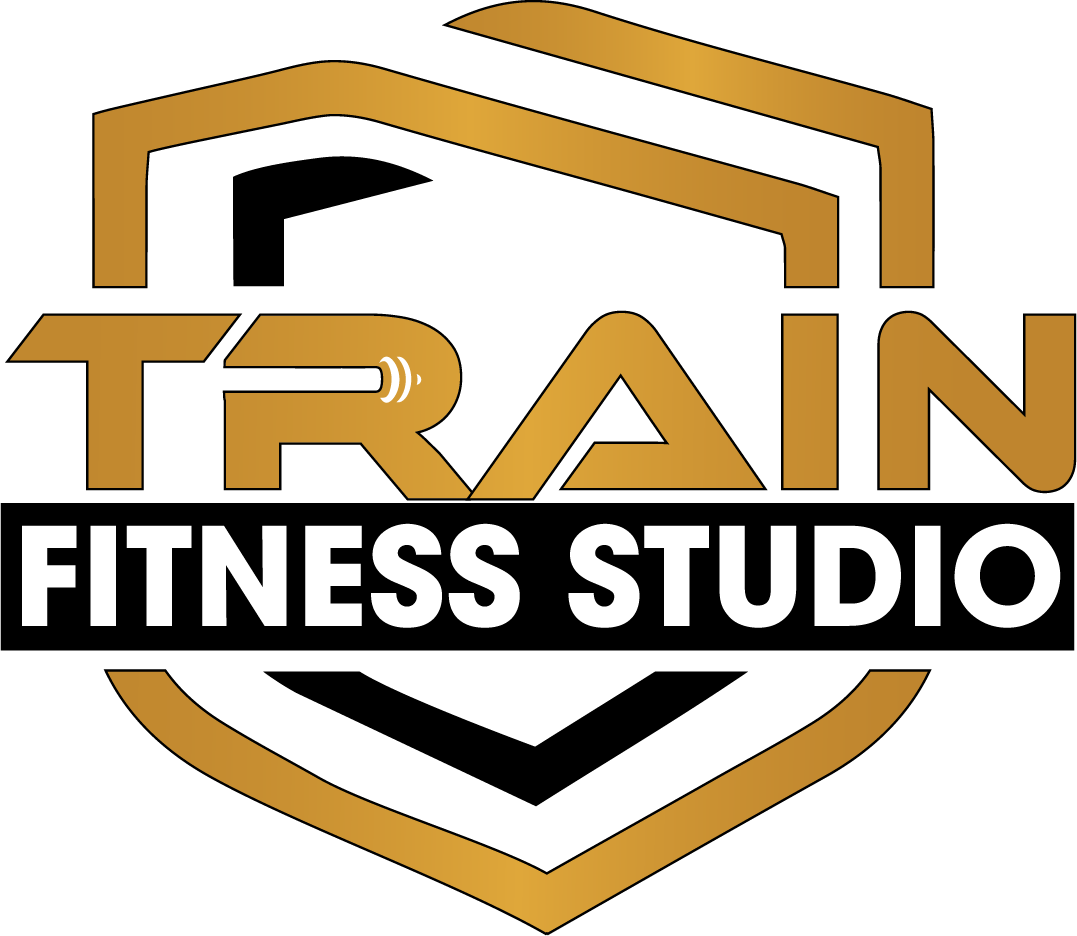More plates, or more reps?
Their findings:
Any strength training is good as long as it is done consistently.
High reps/lower weights prioritizes gaining muscle mass.
Lower reps/bigger weights prioritizes gaining strength.
People can benefit from any strength training program.
Simple programs work.
Train- When are gonna work out together? One day?
Or day one.
Circling back to #2. All I have to do is a bunch of reps at a low weight to get huge? Not quite. This is good news. Why? Because there are two types of people in this world:
-Those who clean the house before the cleaners come and sane, rational adults?
Yes. I’m talking about two other types of people:
-Those who lift for health reasons (see the pic), and those who are looking for gains.
Surprise! Not everyone who lifts wants to get bigger. Good news for them: everyone who lifts will get stronger (#4), but don’t clean out your closet and start buying new clothes just yet. How much muscles grow depends on a few factors.
1- Body type: There are three basic body shapes. “Ectomorphs are long and lean. Endomorphs are rounded, with lots of muscle and body fat, a stockier structure, and a slower metabolism. (Think of football linemen.) Mesomorphs are athletic and muscular, capable of gaining weight or losing weight easily thanks to their efficient metabolisms.”
Your body type is inherited from your parents, so genetics dictate how much and how quickly you’ll gain muscle.
2-Diet: Protein is key. “Common bodybuilding advice suggests eating one gram of protein per pound of bodyweight to support muscle growth, however, the science behind this recommendation varies depending on age, fitness level, and overall body composition goals.” You can calculate your recommended protein intake by clicking HERE.
You can lift lighter weights all day long, but muscles won’t grow bigger without adequate protein.
3- Testosterone- Testosterone is a hormone responsible for protein synthesis and muscle building among other things. Not every body produces it equally. Males produce more than females (duh), and there’s also great disparity in testosterone production among male bodies. T production is determined by sex, lifestyle (workouts, sleep, nutrition, alcohol use), age, genetics, and pituitary health.
4- How you lift. Covered above; but if lifting huge weights for low reps is intimidating, and lifting smaller weights for endless reps doesn't feel like enough work, you can lift in that moderate range without fear of unwanted adaptation. Gaining size (hypertrophy) is a conscious choice.
So lift away. Lift without worry that your clothes won’t fit; or you’ll turn into a West German Olympic swimmer. Once you understand your body and how it will react to training some aspects of physique change can happen by design.

